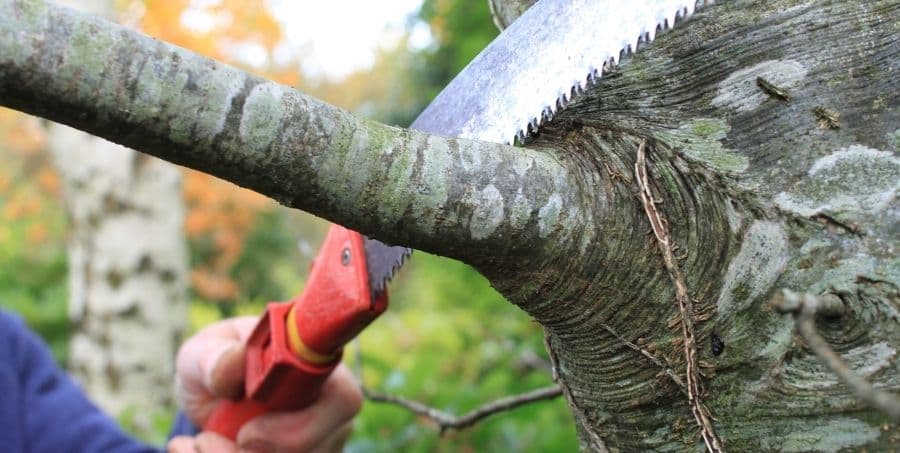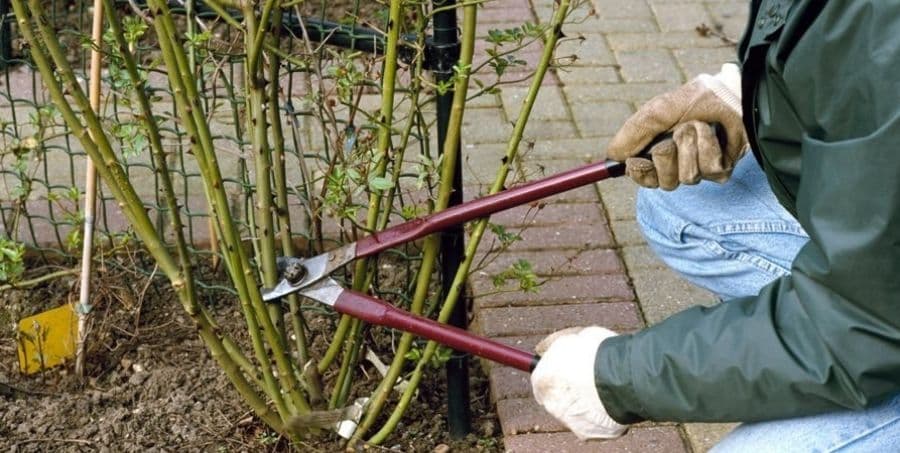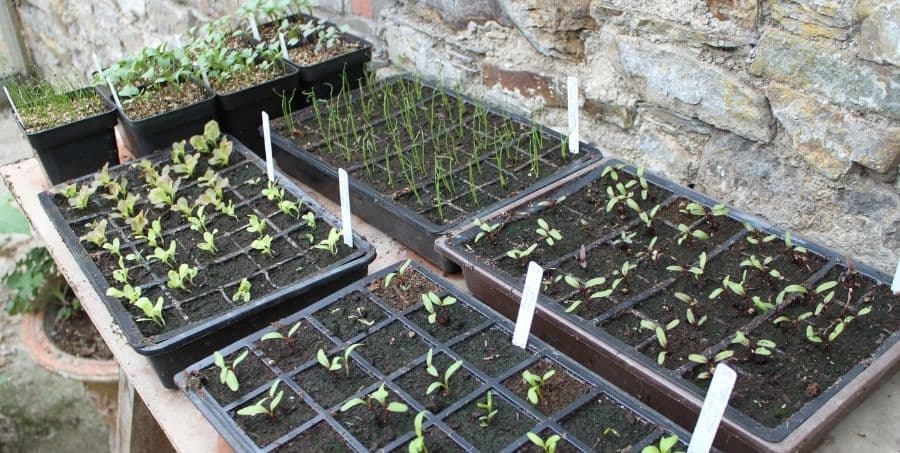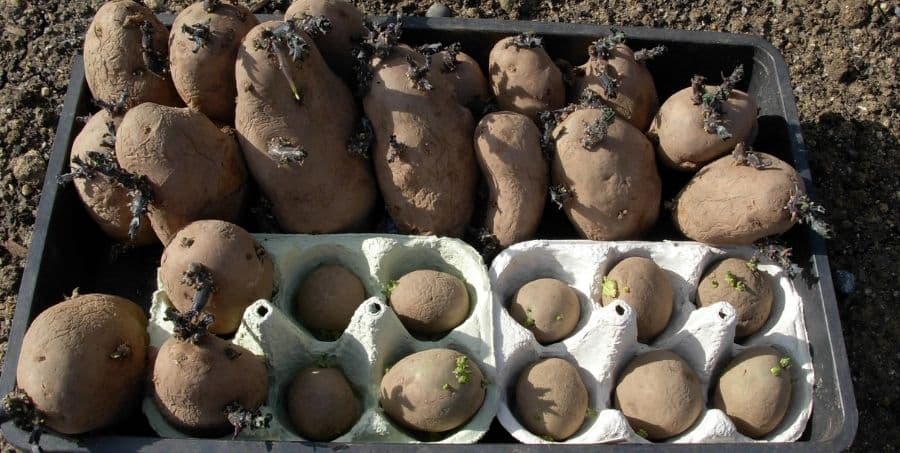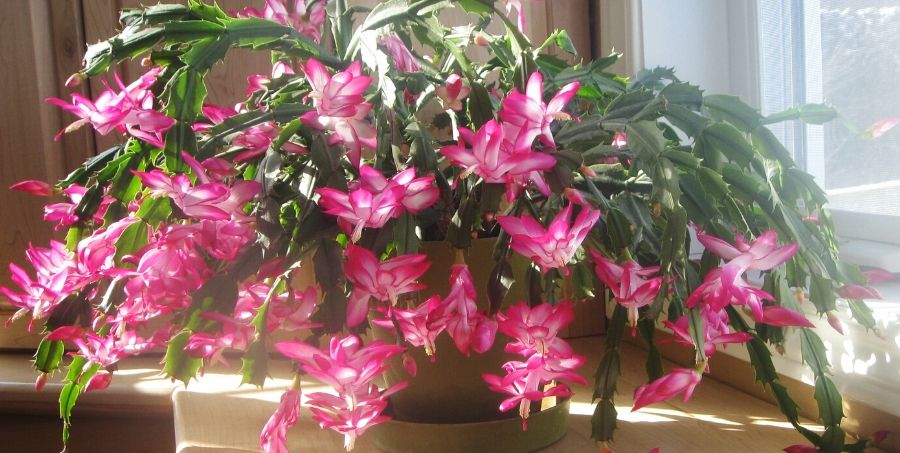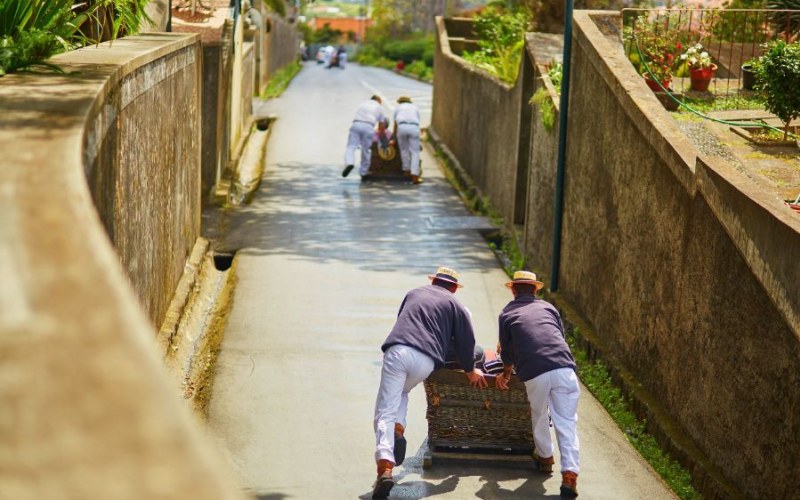According to the Meteorological Office, Spring doesn't begin until the 20th of March, but once February is here and we get a few sunny days, we begin to look at our gardens! And although there is lots we can do, we need to be aware of the danger of frosts which can occur until May. Garden according to what part of the country that you live in, some areas are wetter and suffer frost damage more easily than others.
Our Garden Tour Manager, Frances MacDonald from The Small Town Garden, has some fantastic tips to prepare your garden for Spring. See the useful garden tips which are detailed below Frances also has some handy tips for those who don’t have a garden and who want to make their home a little greener!
How to improve your garden lawns
- Even if the lawn looks untidy, don't be tempted to cut your grass too soon - or too short. Frost damage can result. Instead, clean and get your lawn mower serviced.
- If you are clearing borders, use a board to spread your weight when standing on the lawn or when wheeling a barrow across it; keep it from becoming compacted.
- Although it is too early for feeding the lawn, its a good idea to measure the area so you can purchase the correct amount in readiness.
- Garden tools also benefit from a good cleaning and oiling before you start using them on a more regular basis, so get those secateurs sharpened!
- This is a good time until the end of March to plant a new deciduous hedge.
Garden border tips
- Although digging the garden on a sunny day is good exercise and warming, do this only if you have lighter, free draining soil. Working on heavy soil compacts it and affects the drainage.
- As the soil and weather warm, is it a good time to divide up herbaceous perennials, disposing of the tired, central area. Replant three good, young pieces back into the area, which you have dug, compost into to for refreshing it.
- Clear the weeds, both annual and perennial before they start to grow and spread.
- Mulch the border with a good compost if you have made some or get some from local council or if you live in Ireland, Greenking Composting - they will take your garden waste also.
Tips for tree trimming
- This is the ideal time to prune and shape your deciduous trees while they are dormant and have yet to unfurl their leaves. All species, with the exception of Prunus cv (Flowering Cherries), can be done at this time of year. Cherries are better dealt with in July or August to avoid introducing disease.
- It is better to thin out branches, particularly those which are crossing rather than cut off the tops. Leave a small 10cm collar when removing branches from the main stem.
- Remove any ivy growing into the tree, if it becomes invasion, it makes the tree more prone to be blown over in a storm and also distorts the natural outline.
- Where there are stakes and ties on the trees, check that the stake is not rubbing against the bark of the tree and if the tree has grown, the tie might need loosening.
- This is a good time to plant bare-rooted, deciduous trees - they grow much more quickly and will settle in better. Dig a good size hole and spread out the roots well. Use a short stake on the prevailing wind side and good tree tie. Keep clear of grass and weeds at base.
How to prune roses
Roses can be safely pruned from February onwards. There are numerous tutorials on YouTube or if you live in Dublin, visit St. Anne's Rose Garden to observe how it is done, but check the restrictions prior to visiting. Do clear anyway all the old foliage to avoid spreading diseases from year to year. Feed with a good Rose Feed and mulch with well-rotted manure.
Tips for hedge trimming
- Although your hedges might not look as sharp as you would wish, by cutting them now, you will promote new growth which will be in danger of being burnt by a heavy frost.
- But it is a good time to plant bare-rooted deciduous hedges. Order them from your local nursery or garden centre and prepare the area by digging a trench and refilling with the topsoil and some well-rotted manure and/or compost. Choose a hedge that will survive in your soil conditions and your situation. Consider a mixed hedge in the countryside to encourage wildlife and birds nesting.
Best way to sow seeds
Spring makes us think of sowing seeds but although seeds will germinate if you sow them now, it will be harden to keep them protected until they are ready to be planted out, unless you have a heated greenhouse. We sow our seeds in mid-April, depending on weather then plant out in May or early June, having ‘hardened them off’. Watch out for late frosts. Send for catalogues and enjoy choosing a selection. Those marked HA (Hardy Annual) are the easiest to grow.
How to plant potatoes
It is traditional to sow potatoes on 17 March, St. Patrick's Day, but they will need to be ordered now and 'Chitted' - left in a tray or egg container in a cool, dry place so that the shoots emerge. Most garden centre are in lockdown but order online from Mr. Middleton Garden Shop or they are sometimes available in your local grain or hardware shop, but do check restrictions prior to visiting. And finally paint your garden furniture so you can relax when the sun shines!
How to get garden inspiration ideas
- Private gardens are usually open to the public; support your local garden, it will show what can be grown successfully in your area.
- Buy The Irish Garden magazine - it’s full of tips and hints suitable for our climate.
- Follow gardeners on Facebook to get ideas and inspiration, such as The Small Town Garden, The Insomniac Gardener, Irish Plant Society and RHSI.
Best plants to keep indoors
Although some people are lucky to have gardens during these times - for many an apartment without green space is home but that doesn't mean you can't have something green and growing in your surroundings. We lack good light in our house so my concentration is on the outside. Any plants that I grow indoors have to thrive on neglect! House plants can be bought not only from Garden Centres but look out for them in your local supermarket. Here are some easier ones to start with:
Aspidistra: This was a plant found in pubs when smoking was allowed; it is one of the hardiest of indoor plants. No flowers but wonderful foliage and practically indestructible.
Peace Lily: Most indoor plants rely on foliage for their beauty but this one also produces white lily like flowers sporadically throughout the year.
Spider Plant: With its lovely variegated leaves, this is one of the most popular of houseplants so called because the main plant produces long stems which hang down and produce miniature plants. Ideal for a mantelpiece or shelf.
Christmas Cactus: This succulent plant gets its common name for the numerous flowers that it produces around Christmas time. Coming from a desert location, it prefers a dry, gravelly compost mix and will tolerate a lack of water. It enjoys spending summer outside in a sunny spot but this is not essential.
Mother-in-Law's Tongue: Erect, strap-like variegated leaves make this a striking plant; it's neat habit makes it a good choice for a small space.
Parlor Palm: For a larger more exotic indoor plant, choose one of the palms, if you have a good space for its elegant foliage.
Best Care for indoor plants:
- Most indoor plants are killed by overwatering, allow a plant to dry out almost completely before watering, then give it a good soaking allowing it to drain in the sink overnight before placing it back in its position.
- Keep at an even temperature. If plants are on a window sill, don't close the curtain in front of them at night.
- Repot in a good compost in the spring. Mulch with decorative pebbles and co-ordinate your containers.
- Sometimes it works best to group your plants together.
- All of those mentioned will tolerate lower light levels.
- Feed during the growing season at least every two weeks with indoor plant food. And always feed when the plant is moist.
- Refrain from feeding and cut back on watering during the winter.
Frances has moved from a large 2.5 acre garden, The Bay Garden to a smaller one in town – The Small Town Garden and you can follow their progress on Facebook. If you have any gardening queries, contact Frances by emailing [email protected]
Also, you can check out our Garden holidays for upcoming trips to world-famous gardens.


